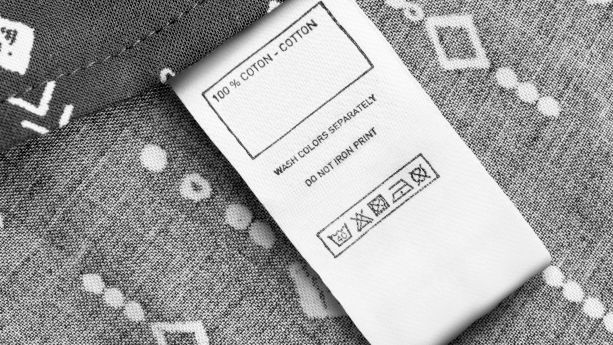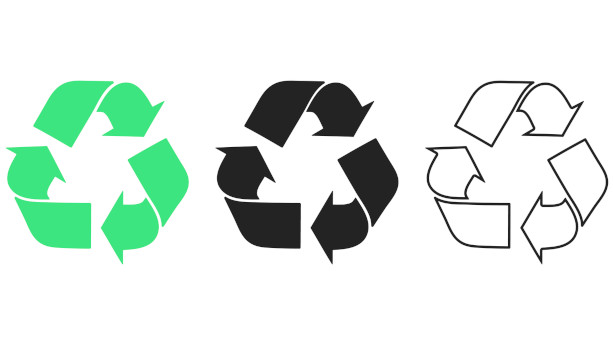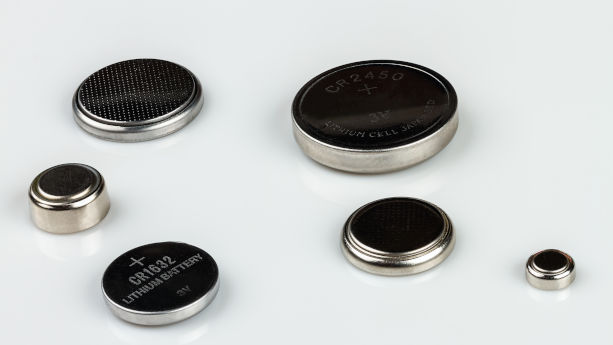
Products containing textile fibers, fur, and wool, that are imported or manufactured in the United States, are covered by the labeling rules and requirements outlined in 16 CFR Parts 303, 301, and 300.
Additionally, care labeling might be required for some products (e.g. wearing apparel), according to 16 CFR Part 423. Other regulations such as CPSIA or the Flammable Fabric Act also sets labeling requirements for textiles products based on the age group or fabric characteristics.
In this guide, we explain what products are covered by the relevant regulations, and what are the labeling requirements. Note that, while some of these regulations might also contain documentation, testing, and other requirements, in this article we focus on the labeling requirements.
Continue reading Textiles Labeling Requirements in the United States





















